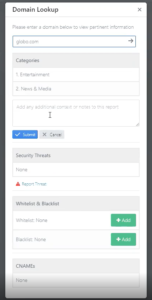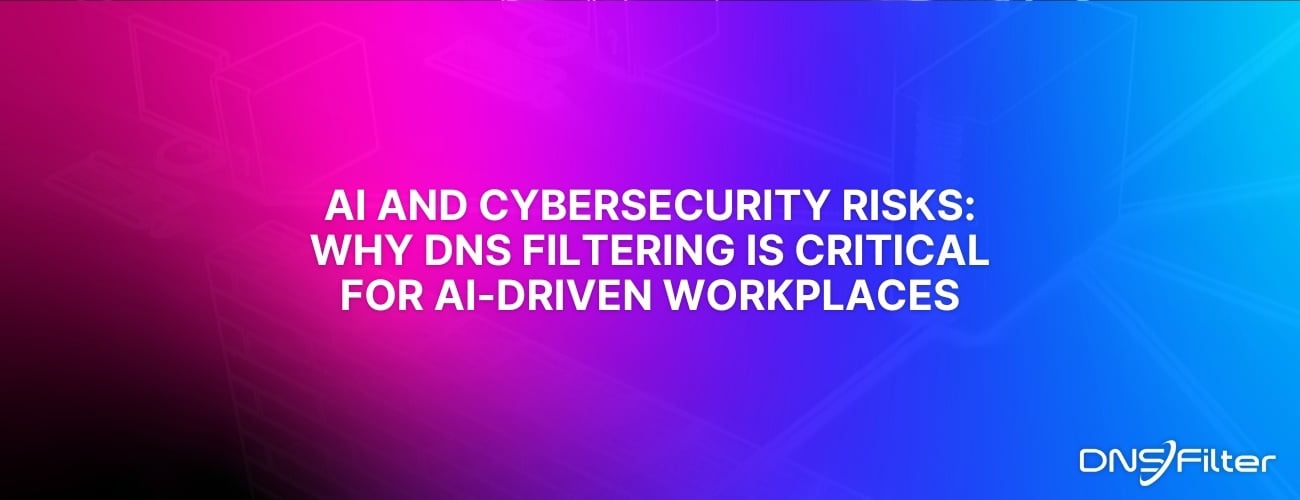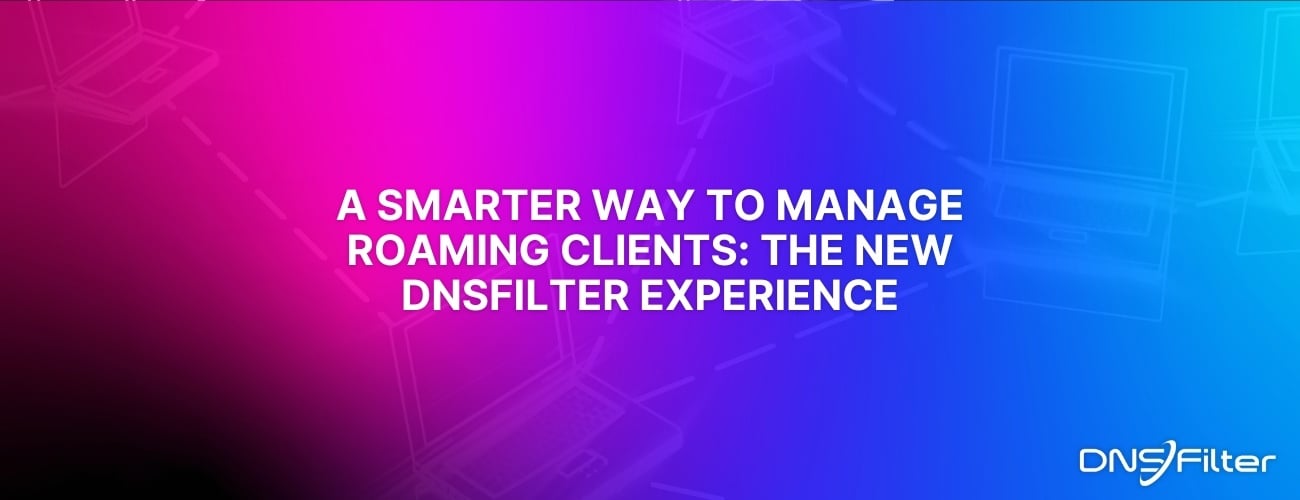Share this
Introducing Active Directory (and more!)
by Serena Raymond on Jun 3, 2020 12:00:00 AM
After months of work and beta testing, our Active Directory integration has arrived.
The juicy Active Directory details
Now when you login to your DNSFilter account, you’ll see two new sections under “Deployments”:
You will begin your integration by using “Sync Tools.”
Navigate to the “install” tab and follow the instructions to download to your desktop. Watch the video above for more details and best practices around things like copying the site key.
Once you’ve finished your installation, go to “Collections” to add your first collection. After you create that first collection, you’ll see that all of your Active Directory groups are now synced to this section. So you select individual users or groups and create new collections.
Once you’ve created your first collection, you can apply policies and block pages from the main “Collections” page.
If you have multiple users in different collections, prioritize your collections using the drag-and-drop feature so that the most important policy is always enforced.
Active Directory is only the beginning
As we built our Active Directory integration, a lot of thought was put into other directory services that our customers are likely to need in the future. Because everyone works differently. So Active Directory (and Azure Active Directory) may be first, but it won’t be the last.
As time goes on, we’ll add more Active Directory services like Google Cloud IAM, Sambra, and OpenLDAP.
If you’re eager to learn more, we are hosting a webinar on Active Directory on Thursday, June 11 at 1 p.m. ET.
A few more goodies
We haven’t been hard at work on just Active Directory! While that’s our big news this week, we also added new capabilities under “Domain Lookup.”
Previously, when a user wanted to report a site as a threat or label a site miscategorized, the alerts were simply sent to DNSFilter. Now, you have the option to add some notes about what you saw and why you think something is a threat.
The other feature we’ve added has to do with Data Explorer. We’re continuing to make improvements to our reporting over time, and in this release we’re addressing a customer ask that we’ve seen a few times.

Customers using Roaming Clients can now drill down by domain in the user view. This enables you to see the specific domain, number of requests, and percentage of requests all by specific users using the same device.

We’re so excited to bring more functionality to our users, and Active Directory is a big step. I want to encourage everyone to keep providing feedback as you test Active Directory and other new features.
One final shoutout to our beta testers who provided invaluable feedback during the process.
Watch our Active Directory webinar
Share this
 The Mind Games Behind Cyber Attacks
The Mind Games Behind Cyber Attacks
Hackers have long understood that the most sophisticated firewall is no match for a well-placed psychological trick. While many focus on the technical prowess of cybercriminals, the real magic often lies in their ability to manipulate human behavior. By exploiting our natural tendencies and cognitive biases, hackers can slip past even the most robust security systems. It's not just about cracking codes; it's about cracking the human psyche.
 AI and Cybersecurity Risks: Why DNS Filtering is Critical for AI-Driven Workplaces
AI and Cybersecurity Risks: Why DNS Filtering is Critical for AI-Driven Workplaces
Artificial intelligence is transforming business operations, automating everything from customer service to data analysis. But with these advancements come new security challenges. AI-driven cyber threats are becoming more sophisticated, enabling attackers to automate phishing campaigns, generate malware, and exfiltrate sensitive data at scale. Without proper safeguards, AI tools can unintentionally leak corporate secrets or connect to malicious ...
 A Smarter Way to Manage Roaming Clients: The New DNSFilter Experience
A Smarter Way to Manage Roaming Clients: The New DNSFilter Experience
Managing endpoint security across an organization—whether as an MSP overseeing multiple customers or an admin overseeing a tech stack—should be simple, efficient, and effective. That’s why we’re excited to introduce a revamped Roaming Client management experience, designed to provide greater confidence and ease in managing your fleet of DNSFilter Roaming Clients.


